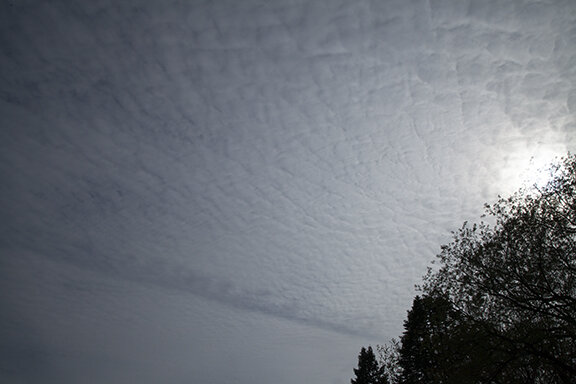Monday, February 21, 2022 at 8:00 a.m. CST
/Commentary is coming later but for now here are two maps from this morning showing the storm we are watching. The first map includes only the station model plots. The second map shows the surface analysis with fronts and areas of high and low pressure superimposed. The first map gives you a clean look at the data. Read last evening’s post for instructions and then pick a few cities to follow and compare the observations from last evening to this morning.
The station model plot format is on our home page. Notice temperature, wind, and cloud cover How have they changed since last night? This is a large slowly developing system so the changes will be slow.
Maps plotted using Digital Atmosphere available at www.weathergraphics.com
Here is the same map with the fronts and pressure centers located. In general, we are looking at a very large mass of polar/arctic air sprawling south from Canada into the north central U.S. Warmer air is moving northward and overrunning the cold air. This will eventually lead to precipitation in the form of rain, drizzle, freezing rain and freezing drizzle and snow in the cold air. Pick a few cities and follow the weather changes as the storm develops.
Next let’s check a few cities and see what the Station Model Plot has to say about their weather.
Amarillo, Texas: 51 degrees, dew point 10 degrees. Wind from the southwest at 15 mph. Pressure is 1004.1 millibars (mb), sky is clear.
Des Moines, Iowa: 35 degrees, dew point 29 degrees, Wind from the east at 5 mph and the pressure is 1008.9 millibars.
Bismarck, North Dakota: -7 degrees, dew point -14 degrees, wind from the northeast at 15 mph, light snow, and overcast with IFR celing













































